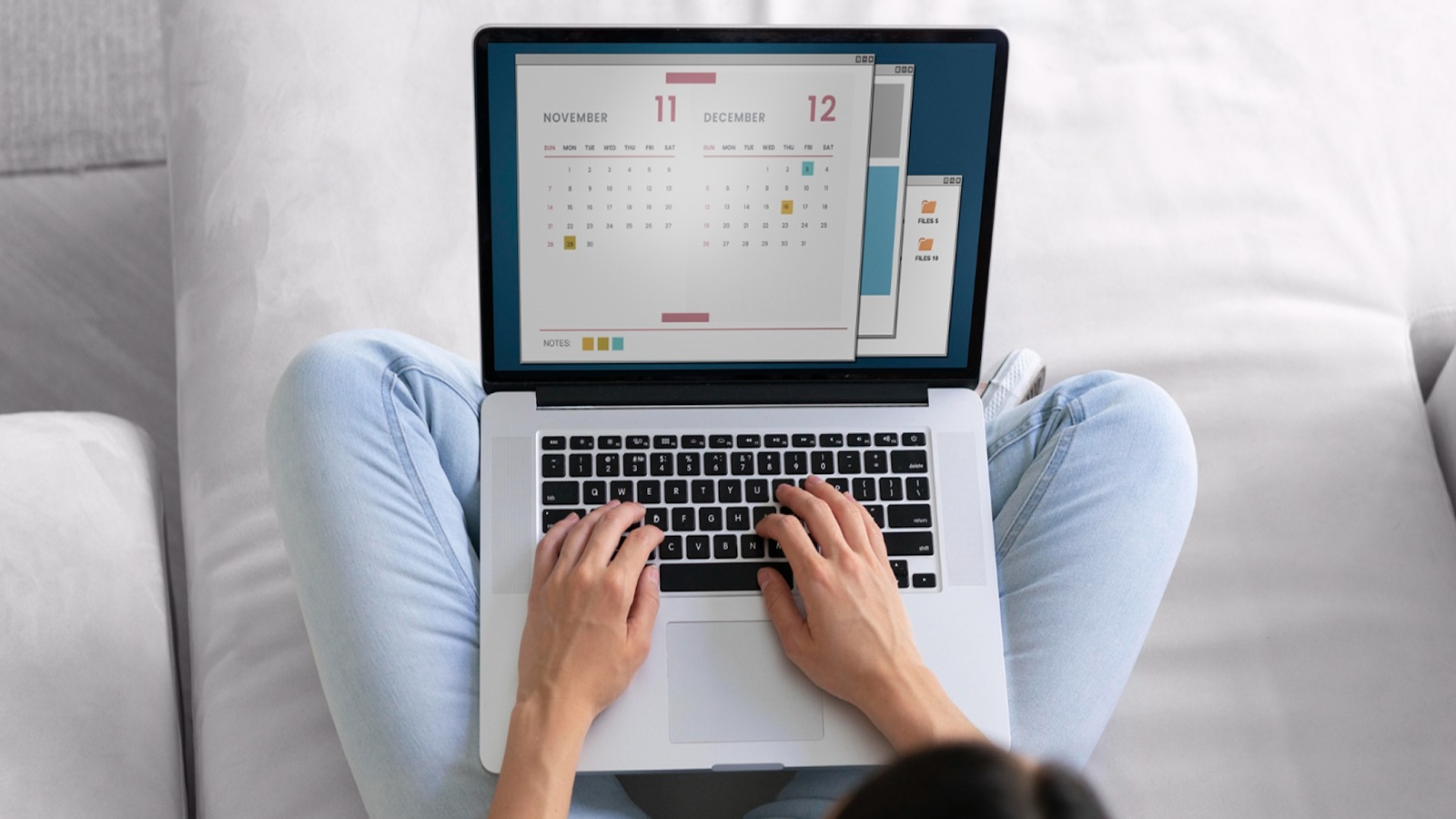If you missed our most recent Office Hours, check out the recap below or watch the video here.
Make sure you don’t miss the next one by registering for the next Office Hours!
Every first and third Wednesday, our Head of Community Anna Dearmon Kornick hosts a LIVE deep dive into a different time management topic. Then, she opens up the floor for your questions and coaching.
This week we learned how to design a more sustainable workweek based on our energy levels.
The benefits of understanding your energy levels
One minute you’re feeling energized and on top of the world, the next you just want to take a nap under your desk. While we can’t do much to alter our natural energy levels that ebb and flow throughout the day, we can be intentional about how we harness our energy to do our best work.
Know your biological prime time.
Knowing your biological prime time begins with understanding that we experience the day in three distinct energy phases.
- Peak: This is your highest natural energy point of the day. You feel alert and at your best. This time should be used for your focused work, analytical tasks, and decision making.
- Trough: This is your lowest natural energy point of the day. You feel sluggish, have trouble focusing, and are easily distracted. Your trough should be used for mundane tasks or taking a break.
- Rebound: This is your second highest natural energy point of the day. It’s a great time for brainstorming, creative thinking, and problem solving. Your inhibitions are just a little bit lower, so your creative juices are flowing during your rebound more than any other energy phase.
Know your biological chronotype
In When: The Scientific Secrets of Perfect Timing, author Daniel H. Pink explains that your biological chronotype is defined by the sequence and times of day in which you experience your peak, trough, and rebound.
To identify your biological chronotype, imagine your ideal day off – a day with no obligations or expectations.
- What time do you go to sleep?
- What time do you wake up?
- What is the midpoint of those two times?
The midpoint tells you which type of bird you are:
- Morning Lark: 12:00 am - 3:59 am.
- Night Owl: 4:00 am - 5:59 am
- Third Bird: 6:00 am - 12:59 pm
Larks are early to bed and early to rise. They do their best work early in the morning, experience their trough in the afternoon, and rebound late in the afternoon.
Owls are late to bed, and late to rise. They rebound mid-morning, experience their trough in the afternoon, and reach their peak in the late afternoon/evening.
Third Birds rise early to mid-morning. They peak mid-morning, experience their trough in the afternoon, and rebound late afternoon/evening. This is the most common chronotype (60-80% of the population!) and they operate similarly to a Lark, with a slightly later peak.
3 strategies to design a sustainable workweek using your biological chronotype
- Schedule your Focus Time during your peak hours. When you pair your most important work with your energy peak, your focus, accuracy, and productivity intensifies. Inside your Clockwise settings, you can define whether you’d like Clockwise to schedule your Focus Time in the morning or afternoon.
- Take a break during your trough. Instead of attempting to push through intense work during your lowest energy point, consider doing more mundane tasks or take a break.
- Schedule meetings during your rebound hours. Since your rebound is when your creativity and problem solving skills are at their best, consider using this time for meetings, brainstorm sessions, and other forms of collaboration.
Bonus Tip: Beware of 2:55 p.m. According to a British study, 2:55 pm is the lowest energy point of the day for most workers. Be aware of how you feel at this time each day and plan accordingly. Go for a walk, grab another coffee or a glass of water, or add a quick power nap to your day if you can.
Q&A
How long does each energy phase last?
While energy phases will feel different for everyone, one way to identify your unique energy phases is to cut caffeine for a few days and track how you’re feeling at various points throughout the day. Can’t quit your morning coffee or afternoon tea? No problem. On average, your peak lasts 3 to 4 hours and your rebound may last about 2 hours.
How does the body’s natural circadian rhythm impact our biological chronotype?
Our body’s natural circadian rhythm is exactly what influences our biological chronotypes! Caffeine and light directly impact the hormones that influence our circadian rhythm. With artificial light and demanding schedules, we’re no longer at the mercy of sunrise and sunset. Consider eliminating blue light earlier in the evenings to wind down and stay more in sync with your circadian rhythm.
What would you recommend for a job in which I can’t eliminate meetings during my trough? How can I keep my energy up?
Start by knowing what helps you feel awake and energized. Can you schedule a 15 minute brisk walk outside right before the meeting? That might be a strategic way to feel more alert. In addition to coffee, ice water is a great option to help you stay refreshed. Sniffing peppermint oil or eating a peppermint can also help.
How can I work with my team’s different energy levels when we work remotely across time zones?
On a team level, it’s a great idea to share with teammates when you’re at your best, and follow up with a meeting audit to determine whether team members’ Focus Time is aligning with their peaks. Then, consider adjusting team meeting times so that each team member has at least some Focus Time during their peak energy hours each week.
.webp)

.gif)
.png)



